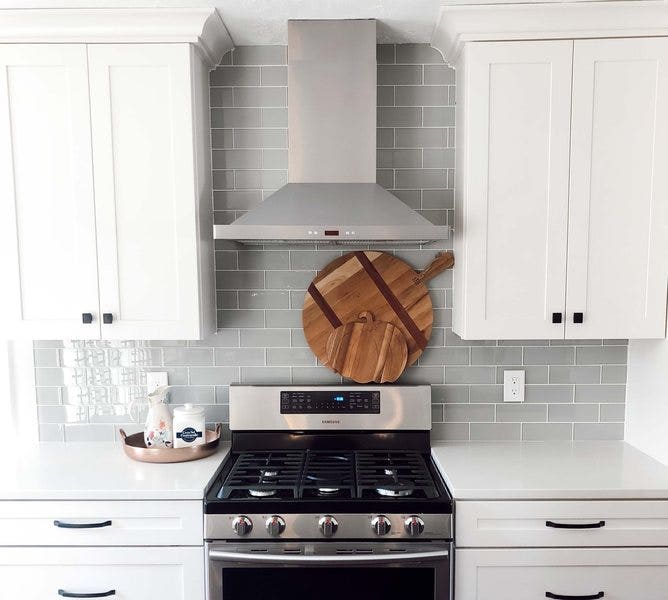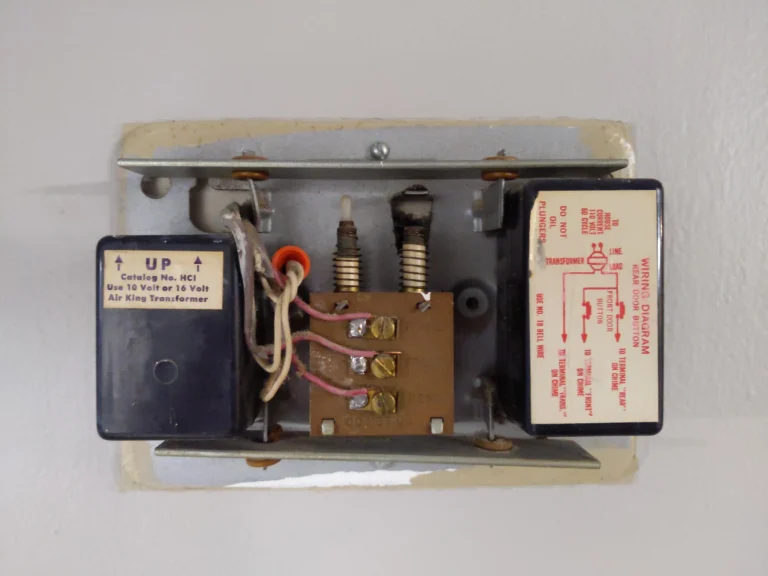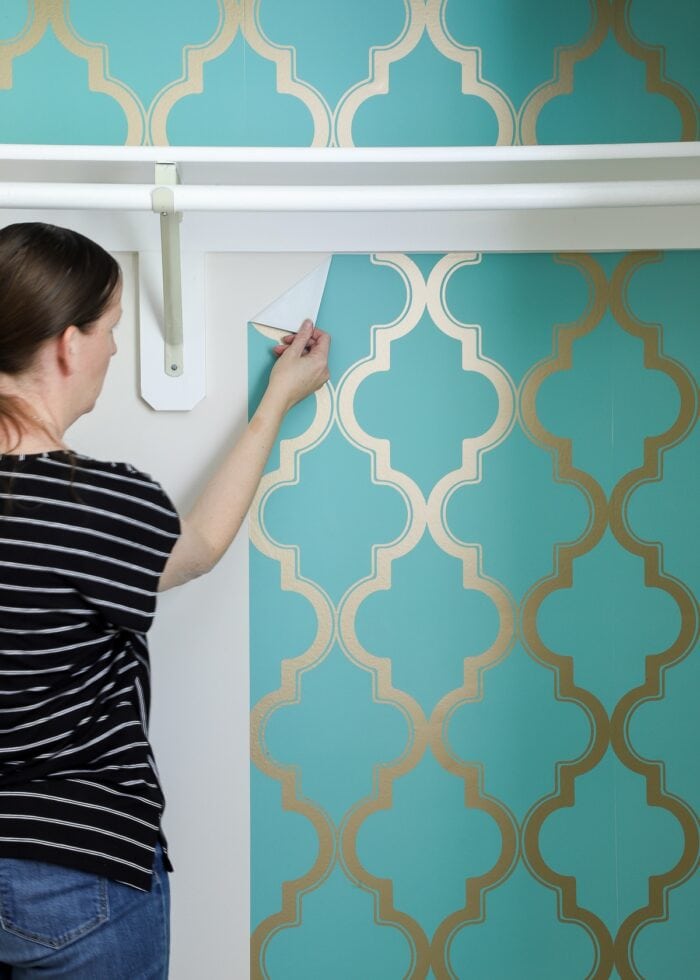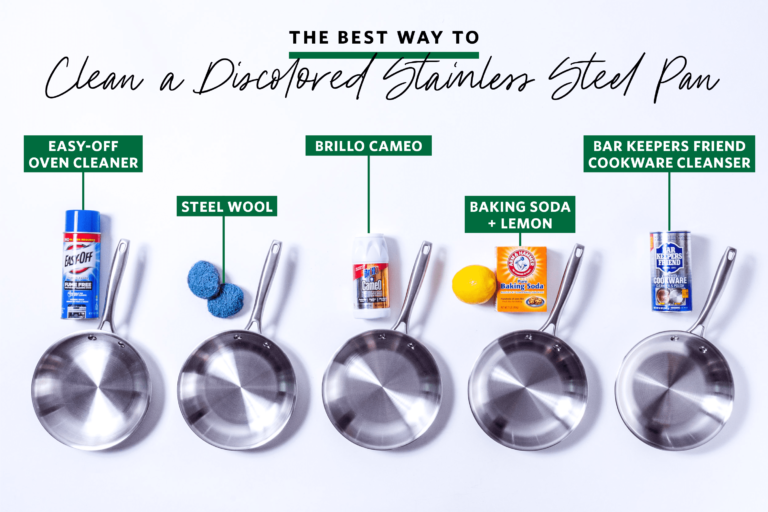Do I Really Need A Kitchen Backsplash?
A kitchen backsplash is a great way to add an aesthetic touch to your kitchen. It can be used to create a focal point or to protect the wall from splatters and spills. But do you really need a kitchen backsplash? This depends on the style of your kitchen and the kind of look you are trying to achieve. If you have a modern kitchen, then a backsplash can be an essential element to bring the whole look together. On the other hand, if you have a traditional kitchen, then a backsplash may not be necessary. Ultimately, it is up to you to decide what works best for your kitchen and your personal style.
Types of Kitchen Backsplashes
The kitchen backsplash is an often overlooked but essential component of kitchen design. It can be an integral part of the overall style of the room, or it can be a simple, practical addition to your kitchen. But do you really need one? The answer is yes! Kitchen backsplashes are available in a variety of materials, styles, shapes, and sizes, so there’s sure to be one that’s perfect for your kitchen. From classic ceramic tiles to modern metal and glass panels, there are so many types of kitchen backsplashes to choose from.
Ceramic tiles are a classic choice for kitchen backsplashes. They are durable, easy to clean, and come in a variety of colors and designs. You can create a unique design with different sizes and colors of tiles, or choose a classic, neutral color scheme.
Glass panels are a modern choice for kitchen backsplashes. They are sleek and stylish and can be used in both contemporary and traditional kitchens. Glass panels can be clear, frosted, or tinted to create a unique look.
Stainless steel is a great choice for a kitchen backsplash because it is durable, easy to clean, and requires very little maintenance. It comes in a variety of finishes, so you can choose a bright and shiny finish or a more subtle, matte finish.
Stone is a beautiful choice for kitchen backsplashes. Natural stone is durable and can be used in a variety of ways. It can be installed in a variety of shapes and sizes, or it can be used as an accent piece. Natural stone is also available in a variety of colors and textures.
Whether you choose ceramic, glass, stainless steel, or stone, a kitchen backsplash can add style and personality to your kitchen. If you’re not sure which type of backsplash is right for your kitchen, consider your overall design style and budget. With so many options available, you’re sure to find the perfect kitchen backsplash for your home.
Benefits of Installing a Kitchen Backsplash
If you’re considering remodeling your kitchen, you may be wondering if installing a backsplash is really necessary. The answer is yes! Kitchen backsplashes are more than just a pretty accent to your space; they actually provide several key benefits that will enhance the look and function of your kitchen.
From protecting your walls from water damage to adding visual interest to your design, kitchen backsplashes are a great way to upgrade your kitchen. Installing a backsplash helps protect your walls from splashes and spills, especially in the areas behind your sink and stove. This is especially important if your kitchen walls are painted as opposed to tiled; moisture and grease can damage paint and cause it to peel. By installing a backsplash, you can guard against this damage and keep your walls looking like new.
Kitchen backsplashes also add a great deal of visual interest to your space. With a wide variety of styles and materials to choose from, you’re sure to find one that fits your kitchen’s aesthetic. From ceramic tile to glass, there are plenty of options to choose from to create a unique and stylish look.
Finally, kitchen backsplashes are a great way to add more storage space to your kitchen. Installing shelves or hooks behind the backsplash will give you extra space to store spices, tools, and other kitchen essentials.
Overall, installing a kitchen backsplash is a great way to upgrade your kitchen. Not only does it protect your walls from water damage, but it also adds visual interest and extra storage space to your space. So if you’re looking to give your kitchen a makeover, consider installing a backsplash!
Cost Considerations
When it comes to kitchen backsplashes, the associated cost is often the deciding factor. However, there are several factors to consider when determining the total cost of a kitchen backsplash. The most important factor to consider is the type of material you’ll be using. Materials such as glass, metal, ceramic tile, and stone typically cost more than their vinyl counterparts. Additionally, the size and complexity of the backsplash design will also influence the overall cost. For instance, complex and intricate patterns will require more material and more labor, resulting in a higher cost. Furthermore, the installation process can also add to the cost. If you’re hiring a professional to install the backsplash, the labor costs may vary depending on the company. Lastly, the cost of accessories such as grout, adhesive, and trim will also add to the total cost.
In the end, the cost of a kitchen backsplash is largely dependent on the type of material you choose and the complexity of the design. With that being said, a kitchen backsplash can be an affordable way to add an element of style and protection to your kitchen. With the right materials and design, you can create a stunning and functional backsplash without breaking the bank.
Design Ideas and Trends
When it comes to kitchen design, backsplashes are a must-have. From classic white subway tiles to statement-making mosaic patterns, the right kitchen backsplash can increase the aesthetics and functionality of your space. But what are the pros and cons of adding a backsplash to your kitchen, and do you really need one?
When it comes to design, kitchen backsplashes can add a unique touch to your space. Contemporary designs often feature geometric patterns, while farmhouse style kitchens may opt for classic subway tiles. With so many options available, there’s a style to fit any kitchen. Plus, backsplashes don’t just add visual appeal. They are also highly functional, protecting your walls from water and grease splatter.
Backsplashes can also be used to add a personal touch to your kitchen. You can use bold colors, unique patterns, and even mosaic accents to create a space that’s truly your own. Whether you’re looking for a subtle accent or a statement piece, there’s a backsplash to fit your style.
The decision to add a kitchen backsplash is ultimately up to you. But with the variety of styles and designs available, there’s no reason not to explore all of the options. From classic white subway tiles to statement-making mosaic patterns, the right backsplash can add style and functionality to your kitchen. So, don’t hesitate to get creative and add a backsplash to your space.
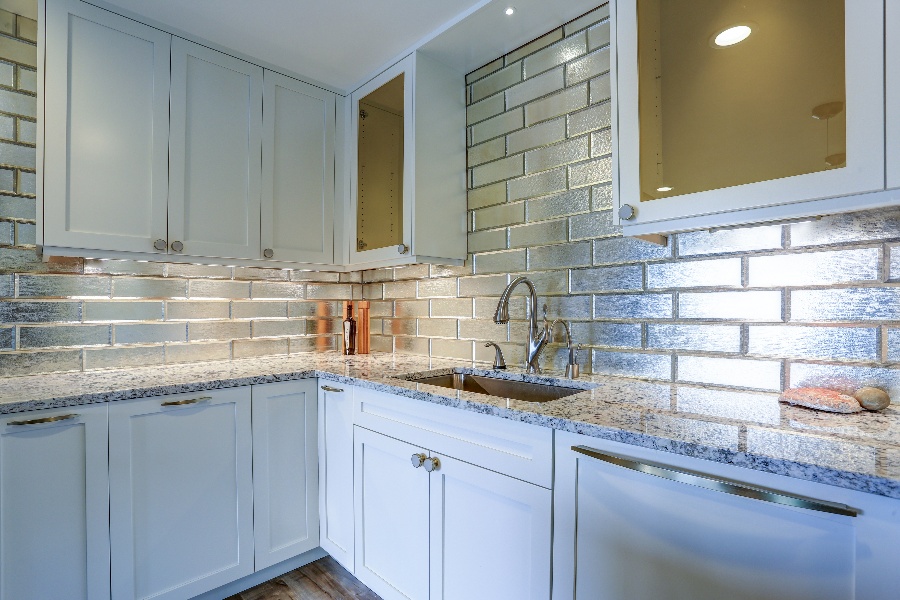
DIY Installation Tips
Kitchen backsplashes are beautiful and functional elements that can transform the look of any cooking space. But do you really need one? While there is no definitive answer, there are some key factors to consider. For those who are confident in their DIY skills, installing a backsplash can be a fun and rewarding experience. To make sure the job is done right, here are some tips for a successful DIY kitchen backsplash installation.
First, prepare the area for installation. This includes cleaning the wall and making sure it is free of any debris. Once the wall is clean, measure the area to be covered and purchase the appropriate materials. If you’re using tiles, make sure to leave a small gap between each one for grout.
Next, apply the adhesive. This is one of the most important steps in the installation process, and it’s important to make sure it is done correctly. Work in small sections, and apply the adhesive evenly. Once the adhesive is ready, you can begin laying the tiles. Make sure to press each tile firmly into the adhesive.
Finally, grout the tiles. This will help fill any gaps between the tiles and seal the entire backsplash. Again, make sure to work in small sections and use a grout sealer for extra protection. After the grout has dried, all that’s left is to admire your handiwork!
Installing a kitchen backsplash can be a great way to give your kitchen an upgrade on a budget. With the right materials and some patience, you can create a stunning and long-lasting backsplash. With a few simple DIY installation tips, you’re well on your way to transforming your cooking space.
Professional Installation Advice
Kitchen backsplashes are a great way to add a bit of personality and style to your kitchen. They can also be a practical addition, protecting your walls from splashes and spills. But do you really need a kitchen backsplash? Professional installers offer advice on the pros and cons of having a backsplash and how to make the most of it.
First, it’s important to determine the function of the backsplash. Will it be used to protect the walls from cooking splatters or will it be purely decorative? If the primary purpose is protection, then a backsplash is definitely necessary. If, however, the purpose is decorative, then a backsplash is an excellent way to add a unique touch to your kitchen.
Additionally, there are several materials to choose from when installing a backsplash. Ceramic tile is a popular choice for its durability and affordability. Glass is another option, offering a sleek, modern look. Natural stone is a great choice for its longevity and classic beauty. And, finally, stainless steel is a great option for its easy maintenance and its ability to withstand heat.
No matter what material you choose, it’s important to have your backsplash professionally installed. This will ensure that it looks its best and lasts for years to come. Professional installers can also help you choose the right material for your kitchen and advise you on the best way to maintain it.
Ultimately, whether or not a kitchen backsplash is necessary depends on the purpose and design of your kitchen. Professional installers can help you make the best decision and ensure that your backsplash looks great and lasts for many years.
Maintenance and Cleaning Advice
The kitchen backsplash is a key design element that serves both a function and an aesthetic purpose, but it also requires regular maintenance and cleaning. A well-maintained kitchen backsplash can last for years and keep your kitchen looking bright and inviting. However, if you neglect to properly clean and maintain your backsplash, it can become stained, dull, and damaged. To keep your kitchen backsplash looking its best, it’s essential to know the best cleaning and maintenance techniques.
To start, it’s important to regularly wipe down your backsplash with a soft, damp cloth. This will help to remove any dirt or grime build-up that can cause staining. You should also use a mild cleaner or a pH-neutral soap to remove any tougher stains. For tougher stains, you may need to use a scrubbing brush or a specialized cleaner. When cleaning, it’s important to use the right cleaning tools to avoid damaging the surface of your backsplash.
It’s also important to seal your kitchen backsplash regularly. Sealing the surface of the backsplash will help to prevent staining and protect it from damage. You can use a sealant that’s specifically designed for kitchen backsplashes or a general-purpose sealant. It’s best to apply the sealant using a foam brush and to follow the manufacturer’s instructions.
Finally, it’s important to inspect your backsplash for any signs of damage. If you notice any chipping or cracking, you should repair the damage as soon as possible. This will help to prevent further damage and keep your backsplash looking its best.
By following these simple tips, you can ensure that your kitchen backsplash remains in excellent condition and looks great for years to come. So, while it’s not absolutely necessary to have a kitchen backsplash, if you do choose to install one, make sure you know how to properly maintain and clean it.
Final Thoughts
It’s time to take a step back and analyze the situation. Do you really need a kitchen backsplash? As mentioned, there are many advantages to having one, including protection from water damage, improved aesthetics, and even the potential to increase the value of your home. That said, some homeowners may not have the funds to invest in a backsplash. While a backsplash can make a big impact, there are other ways to improve the look of the kitchen, such as painting the walls or adding a new countertop. Ultimately, the choice is yours. Whether you decide to go with a backsplash or not, it’s important to remember that the kitchen should be a place of comfort and joy, and the right design will help you achieve that goal.
FAQs About the Do I Really Need A Kitchen Backsplash?
1. What are the benefits of having a kitchen backsplash?
A kitchen backsplash can protect your walls from food splatter and make clean up easier. It can also add visual interest and style to your kitchen.
2. What materials can I use for a kitchen backsplash?
You can use a variety of materials for a kitchen backsplash, including tile, stone, metal, and even wood.
3. Do I need to hire a professional to install my kitchen backsplash?
It depends on the type of material you choose and the complexity of the design. Some materials, such as tile, require a professional to ensure proper installation.
Conclusion
A kitchen backsplash can add a splash of color and charm to your kitchen, especially if you’re looking for a unique way to update your space. Whether you are looking for a bright and bold backsplash or something more subtle, there are plenty of options out there to choose from. Ultimately, the decision whether to add a backsplash to your kitchen is up to you – if you want to make a statement and add a touch of personality to your kitchen, then installing a backsplash could be the perfect solution.
